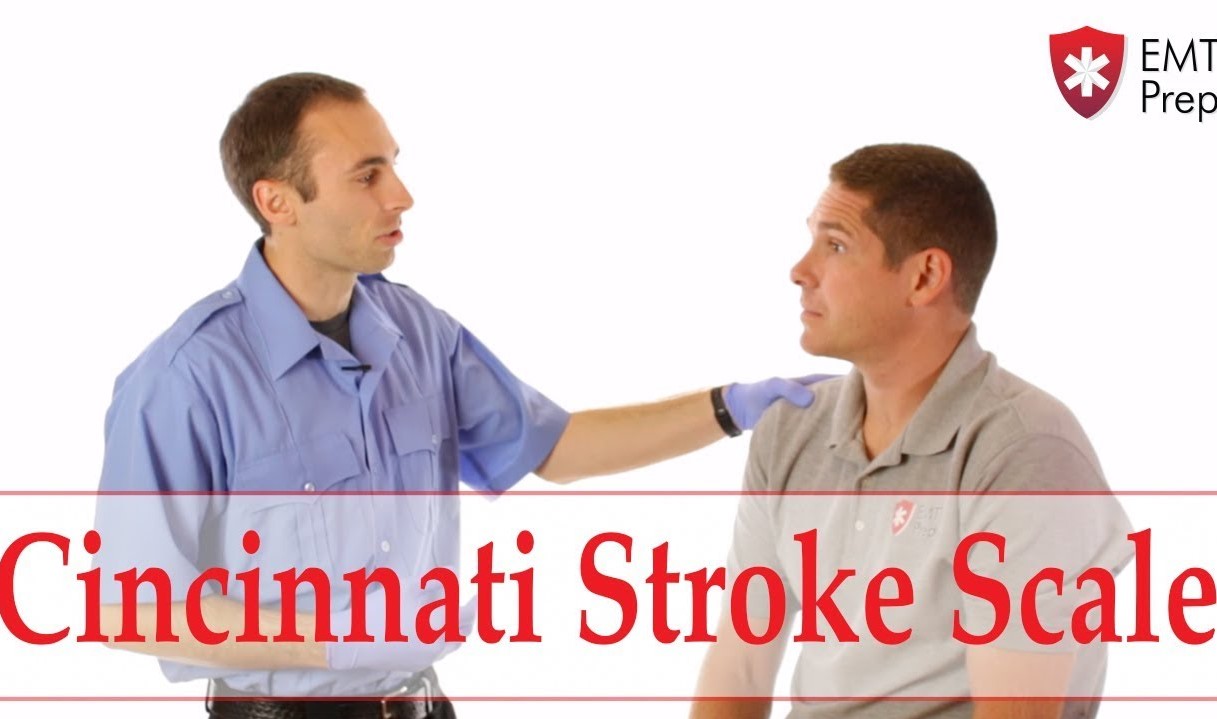
What is a positive Cincinnati Prehospital Stroke Scale (CPSS)?
Cincinnati Stroke scale (CPSS) is a pre-hospital scale to assess the stroke probability with three variables included facial droop, dysarthria, and upper extremity weakness
Becoming positive of each variable leads to the positive result of Cincinnati scale.
How is the Cincinnati Stroke Scale scored (CPSS)?
The CPSS is a validated prehospital stroke screening tool that has been easily and widely adopted by all levels of EMS providers.
The CPSS is scored from 0 to 3, with one point given for each of the following physical exam findings: facial droop, arm drift, and slurred speech.
What is Cincinnati stroke test?
The CPSS is a system used to diagnose a potential stroke in a pre-hospital setting.
It tests three signs for abnormal findings which may indicate that the patient is having a stroke.
What is the Cincinnati Stroke Scale and how do you use it?
The CPSS is a scale used to diagnose the presence of a stroke in a patient.
It tests three signs including facial droop, arm drift, and speech to find if patient is having a stroke and need more investigation.
What are the assessments of the Cincinnati Prehospital Stroke Scale (CPSS)?
The CPSS assesses facial palsy, asymmetric arm weakness, and speech disturbances, and each item can be scored as normal or not; if any of three is abnormal, the patient is suspected of having a stroke.
Is a Level 3 Stroke bad?
1–4 = minor stroke. 5–15 = moderate stroke. 15–20 = moderate/severe stroke. 21–42 = severe stroke.
What is the estimated probability of the Cincinnati Prehospital Stroke Scale?
The agreement rate of Cincinnati scale and final diagnosis was 0.483 ± 0.055 (p<0.0001).
CPSS, watch the video tutorial:
Read Also:
Emergency Live Even More…Live: Download The New Free App Of Your Newspaper For IOS And Android
AED With Rain And Wet: Guideline To The Use In Particular Environment
Cincinnati Prehospital Stroke Scale. Its Role In Emergency Department
How To Rapidly And Accurately Identify An Acute Stroke Patient In A Prehospital Setting?
Cerebral Haemorrhage, What Are The Suspicious Symptoms? Some Information For The Ordinary Citizen
ABC, ABCD And ABCDE Rule In Emergency Medicine: What The Rescuer Must Do
Rapid Blood-Pressure Lowering in Patients with Acute Intracerebral Hemorrhage
Tourniquet and intraosseous access: massive bleeding management
How to rapidly and accurately identify an acute stroke patient in a prehospital setting?
Glasgow Coma Scale (GCS): How Is A Score Assessed?
When A Loved One Is In The Intensive Care Unit (ICU)


